Starfield feels like a missed opportunity for Bethesda to reinvent itself
Opinion | Starfield is a "next-gen" game stuck in Bethesda's old ways
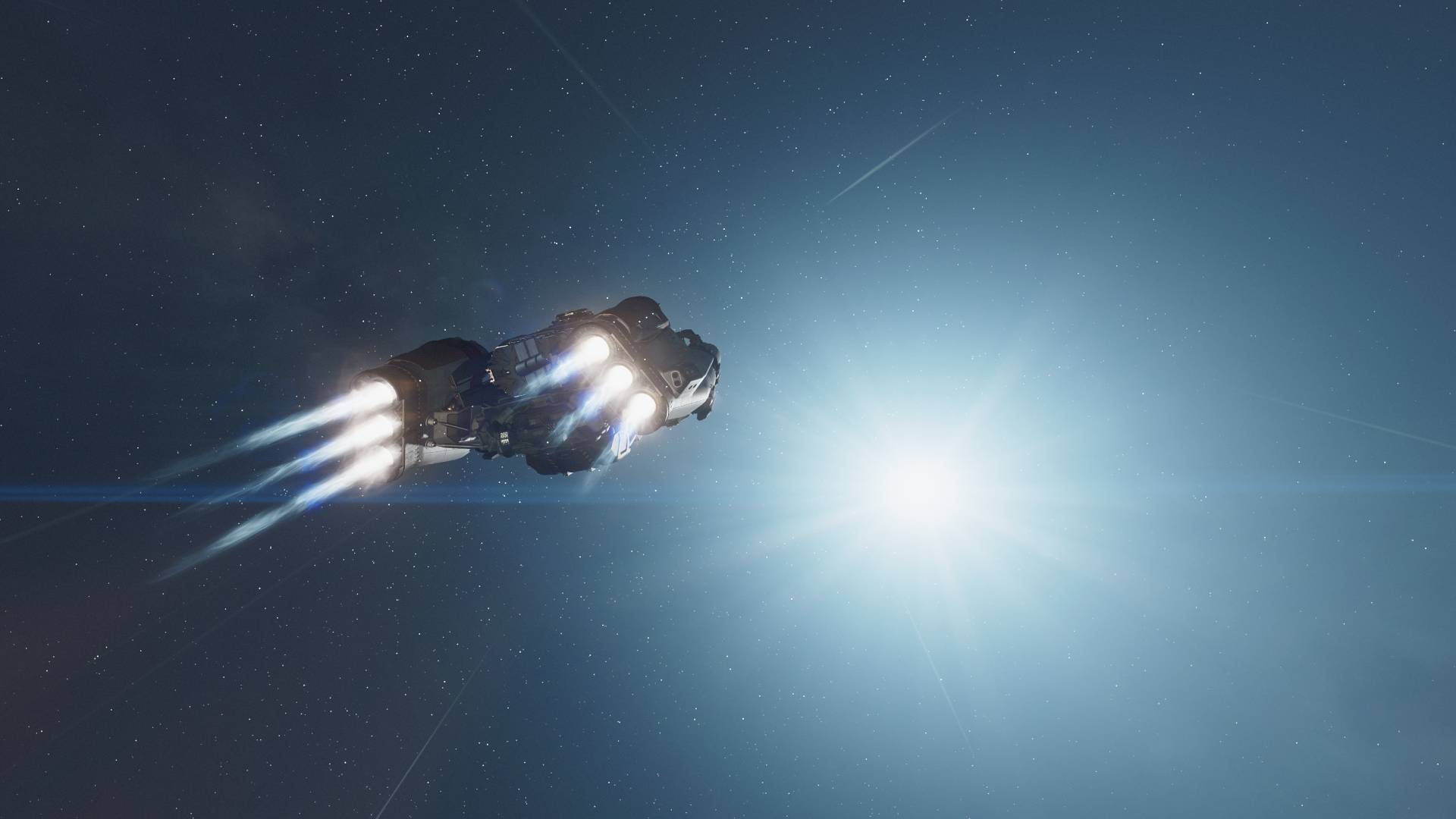
As Bethesda Games Studio's first new universe in 25 years, Starfield stands on the gigantic shoulders of The Elder Scrolls and Fallout. It's a truly colossal game about tussling with all sorts of factions in the Settled Systems and unraveling mysteries across the stars. But, for a new game IP with a bold vision about exploring where few have ventured before – that has also launched in an increasingly competitive RPG space – it's remarkable how little Starfield's overall design reflects this vision.
Don't get me wrong, I've had a mostly good time with Starfield and fulfilling the space exploration fantasy it promises. Grav jumping between star systems, never knowing what you'll find on the other side is always a little exciting at the very least.
But those fun stories of discovery are hamstrung by Bethesda's archaic systems and uninspired design choices found in between, which don't feel like they have a place in what game director Todd Howard has called a "next-gen" title. Coupled with post-Fallout 4 titles like No Man's Sky, Elden Ring, and recently Baldur's Gate 3 reshaping the ever-changing limits of role play and exploration, I can't shake the feeling Bethesda Games Studios needs to reinvent itself in the wake of Starfield.
Skill Issue
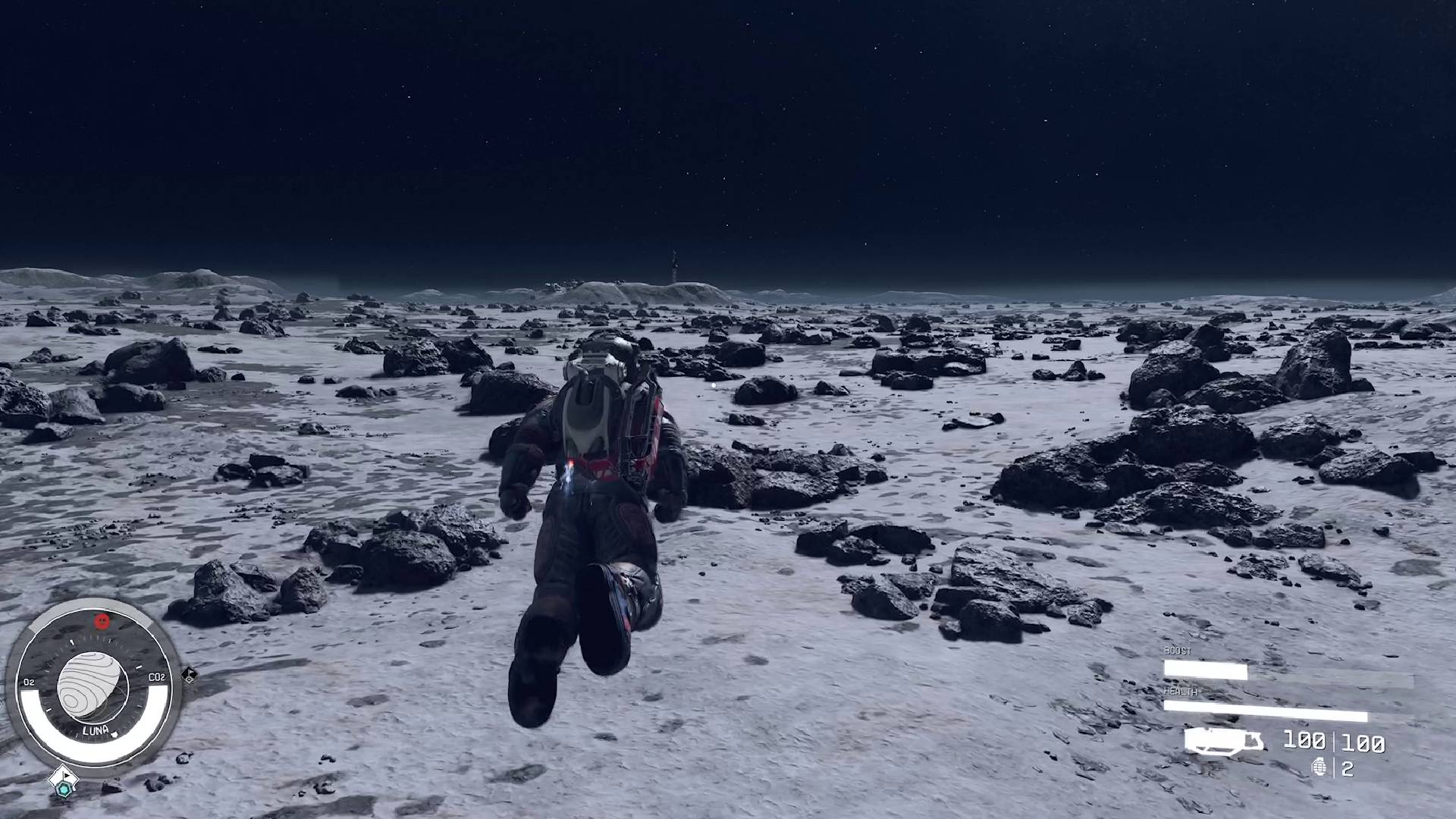
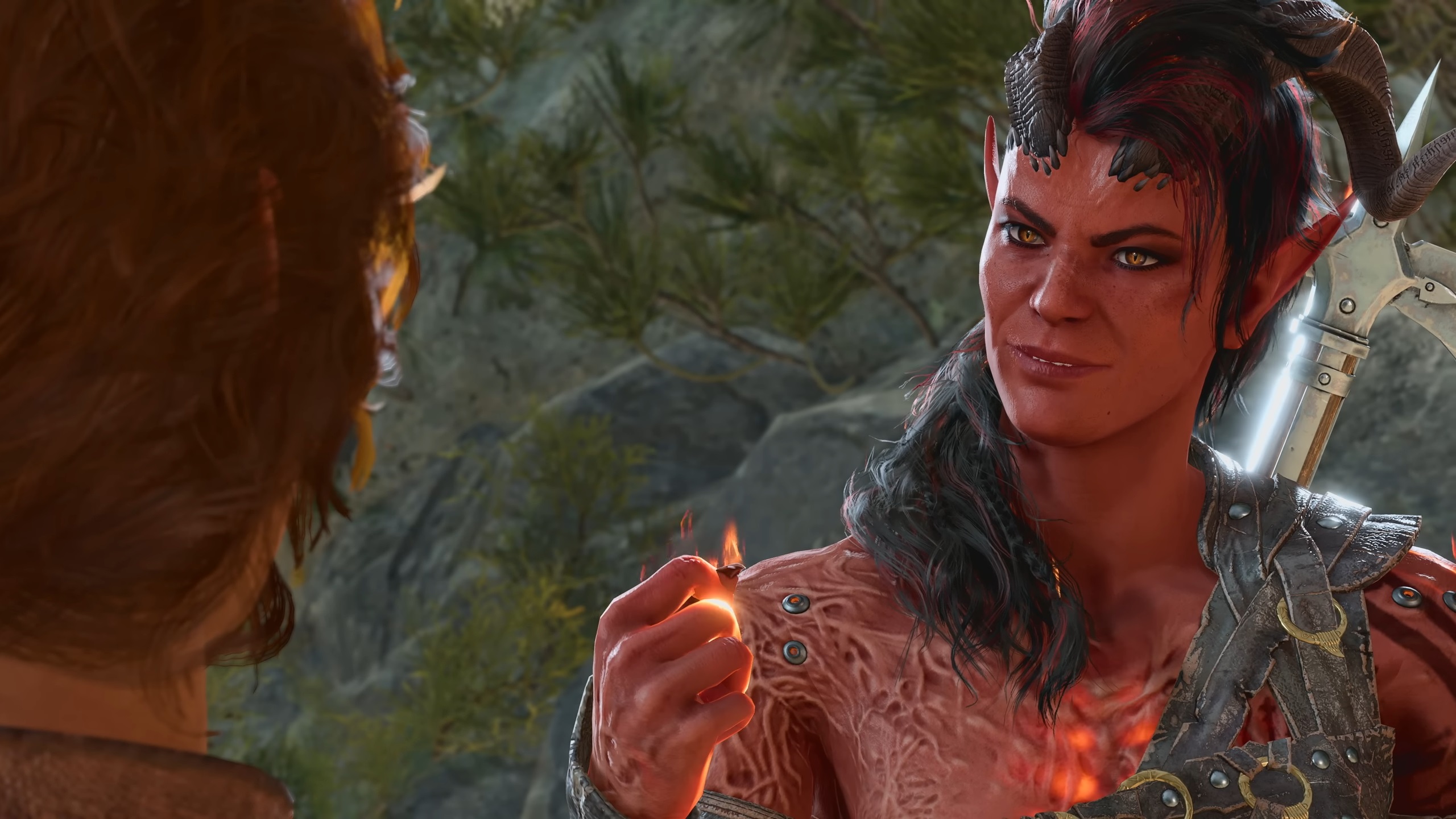
One of my biggest issues with Starfield's design is its Skill system. It feels frustratingly restrictive at times, locking several of Starfield's most interesting and even basic features behind unlockable Skills. Heading into the game, I was looking forward to zipping around hazardous environments with a boost pack, only to realize that simply having a boost pack strapped to my back wasn't enough to at least try using it. Similarly, you can't even attempt to pickpocket someone without the Theft Skill, yet you can try to break basic locks with digipicks and persuade NPCs without any sort of Skill investment.
The most egregious instance of this is that crafting any sort of non-basic mod or item requires not only plenty of materials for an appropriate research project and crafting the item itself, but also a Skill that's usually in tier 2 of the Science category or higher. Buffing up my spacesuit – a pretty crucial part of landing safely on inhospitable planets – therefore becomes a bit of a slog.
At a minimum, you need to spend four Skill points in Science to even reach Spacesuit Design, then you need to provide materials for up to three research projects. That's just to get the most basic helmet, spacesuit, and pack mods too! All the while, you're balancing other Skills you might want to build into, like unlocking targeting systems on your ship, improving your persuasive capabilities, or working out those back muscles to carry more.
It feels like a real step down from the varied skill trees in Skyrim – a game that launched in 2011. Committing hard to certain trees or spreading yourself across many allowed for massive build and roleplay variety, mixing magic, weapon, and social abilities (though we all created a stealth archer anyway). But with many of Starfield's most exciting features locked behind Skills, it means I'm regularly weighing up what I want versus what I need in the moment – I want to unlock and upgrade the Ship Design Skill so that I can pilot and command a legendary starship of my own design, but I'm carrying around so many materials for research projects that I need to upgrade Weight Lifting or Research Methods.
Sign up to the GamesRadar+ Newsletter
Weekly digests, tales from the communities you love, and more
Grav Dive
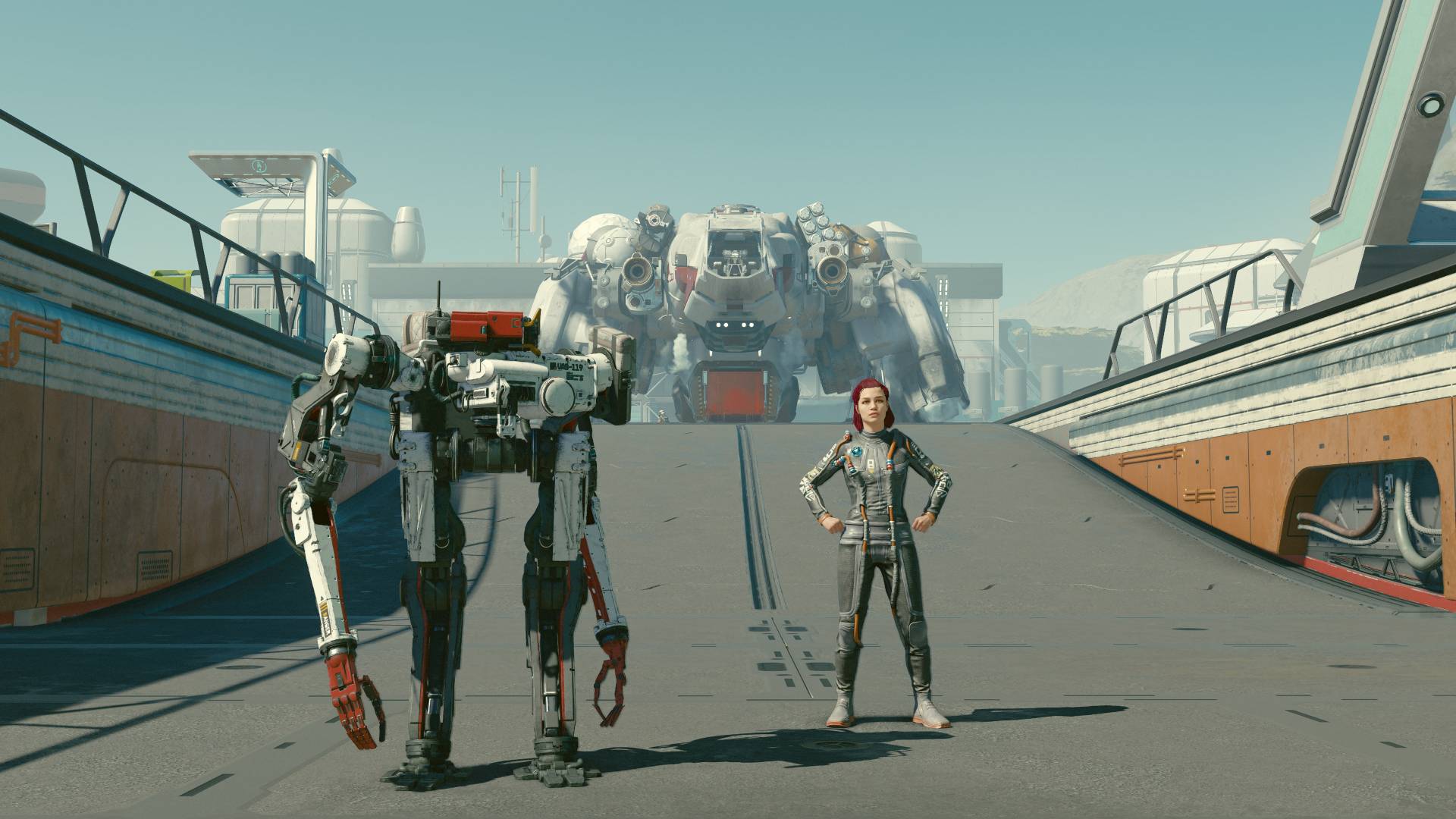
"Despite Starfield having arrived eight years after Fallout 4, it's surprising that so many of its systems appear to have been lifted wholesale from its atomic ancestor."
A lackluster Skills system aside, Starfield also suffers when aspects of its aged foundations start breaking through the cracks the more you play. Despite Starfield having arrived eight years after Fallout 4, it's surprising that so many of its systems appear to have been lifted wholesale from its atomic ancestor.
The gunplay might be less floaty and imprecise than Fallout 4's, but after a few hours of playing Starfield, you quickly get reacquainted with resource-heavy crafting, the eternal sticking point of encumbrance, and ropey AI. With Starfield's complexity, it also feels like more time is spent in menus and loading screens than previous Bethesda games. Between sprinting across barren planets and blasting clueless pirates, I'm scoffing down alien tea and sandwiches, swapping through different starmap submenus, and staring at "NASApunk"-ified Fallout 4 workbenches.
All this is to say that Starfield feels old. It's slow and clunky and certainly doesn't play like a "next-gen" game should. Importantly, Starfield even uses Creation Engine 2 – an updated version of Bethesda's proprietary Creation Engine that was first used for Skyrim over a decade ago. With all its similarities to Fallout 4, it's hard to notice the differences in moment-to-moment gameplay. There's no doubt that Creation Engine 2 is what allows Starfield to even run on such a galactic scale, but that just raises another question: Why does Starfield need to be as big as it is?
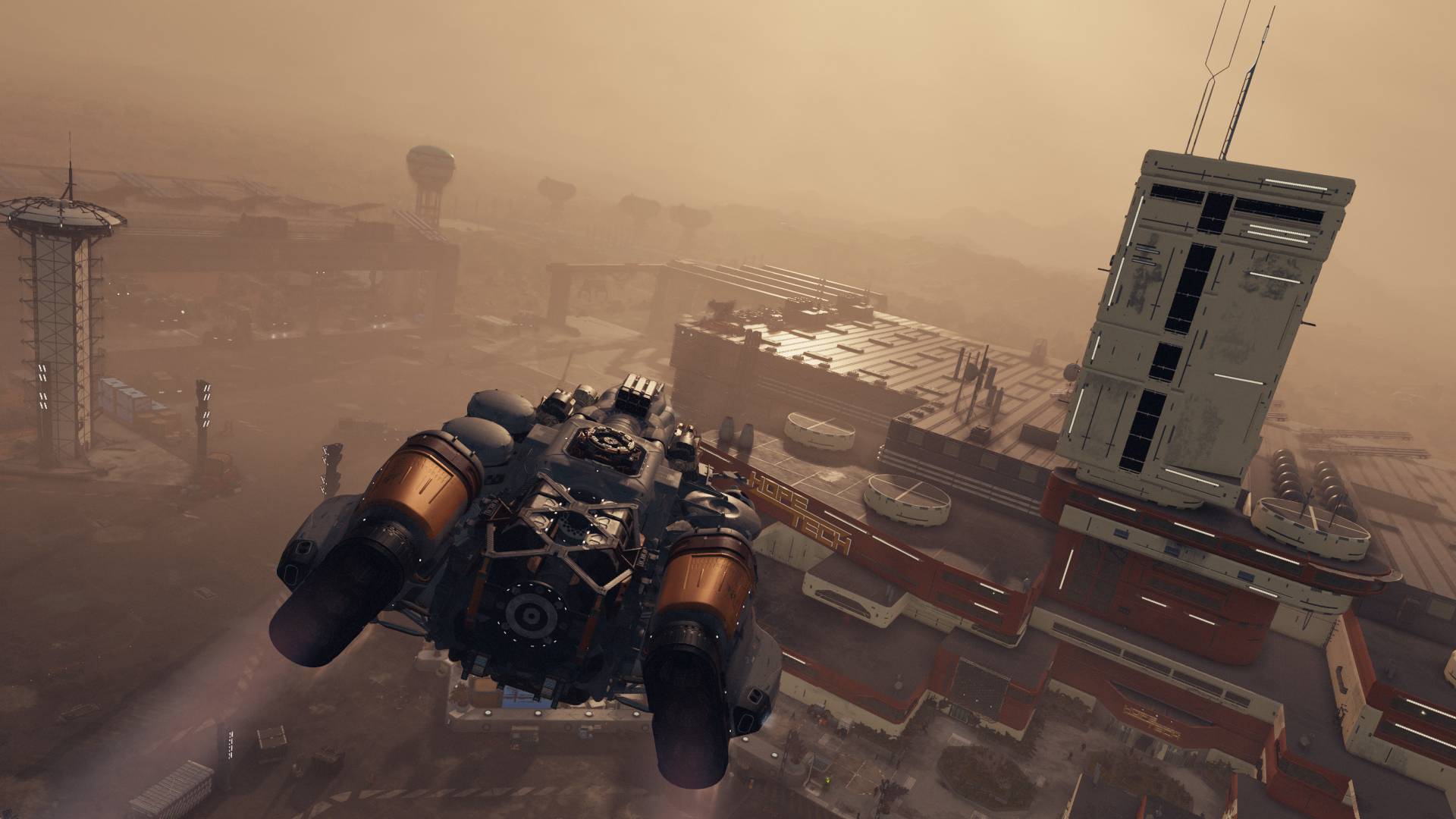
While Starfield does make me think Bethesda is slipping behind the curve, it's worth recognizing that there are so few games, if any, that have set out to do what it does. It's clearly a huge technical achievement, though I think the reason that it's also one of a kind is because it's just too much. RPGs are frighteningly complex and so is space exploration.
Despite technical leaps and the usual level of craft we expect from the studio, Starfield's unfathomable scale blends somewhat messily with its foundational systems in need of serious development. As Bethesda works to iron out and enhance Creation Engine 2 for future projects, I truly hope that Starfield can be vastly improved too and meet that so-called next-gen feel.
At the very least, I hope the studio learns valuable lessons from Starfield and re-evaluates its RPG priorities ahead of The Elder Scrolls 6. That title alone will carry sales and Game Pass subscriptions, but the game needs to innovate in more ways that aren't just scale. For me, that's all Starfield really had to offer, and that hasn't been enough to keep me fully hooked – those retrofitted engines and coats of paint do little to hide the creaking hull underneath.
Starfield is arguably the biggest game of 2023, but how does it stack up against the best games of 2023 so far and the best RPGs you can play right now?
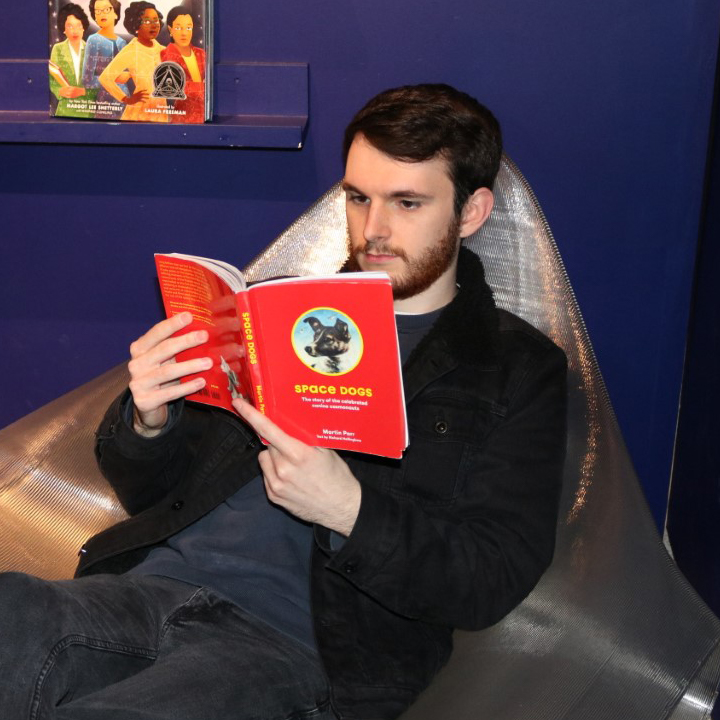
Will Sawyer is a guides writer at GamesRadar+ who works with the rest of the guides team to give readers great information and advice on the best items, how to complete a particular challenge, or where to go in some of the biggest video games. Will joined the GameRadar+ team in August 2021 and has written about service titles, including Fortnite, Destiny 2, and Warzone, as well as some of the biggest releases like Halo Infinite, Elden Ring, and God of War Ragnarok.


